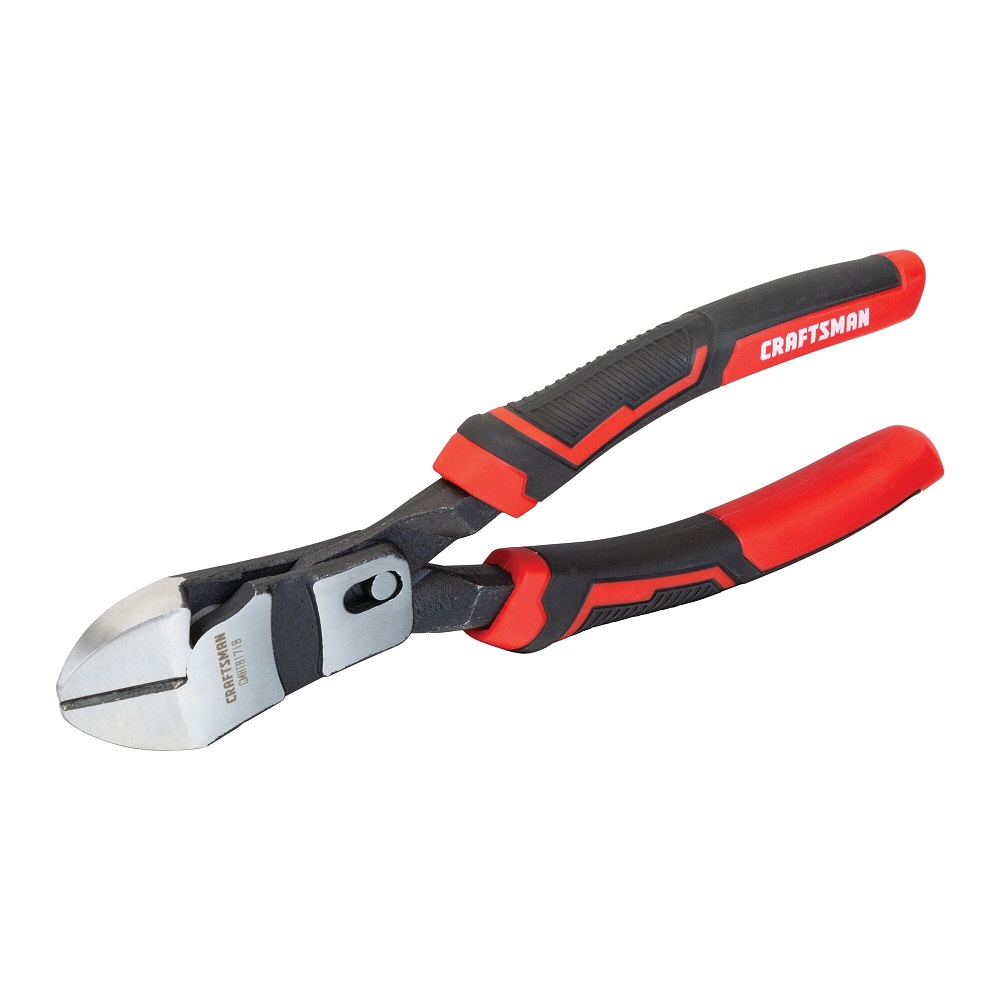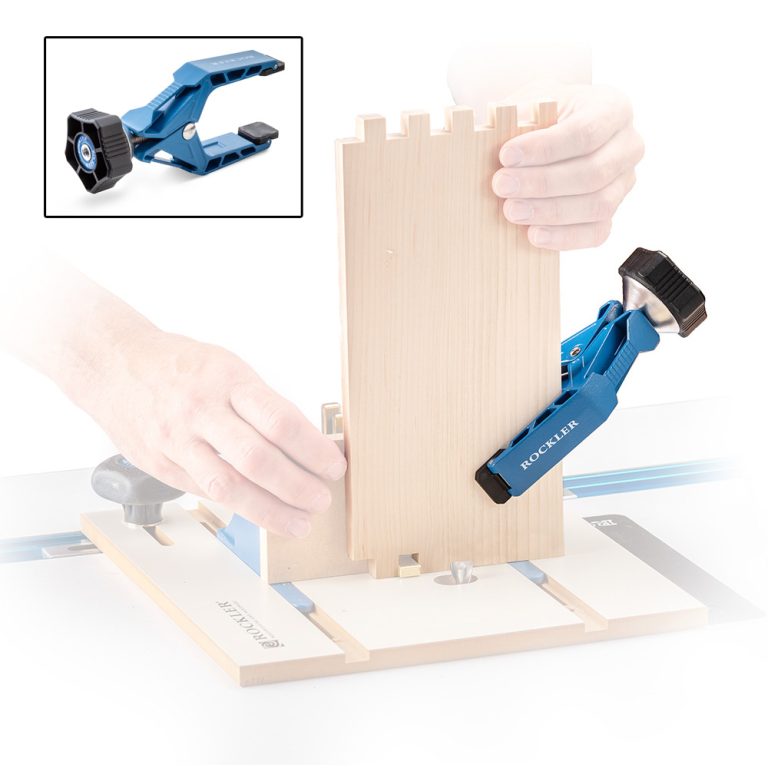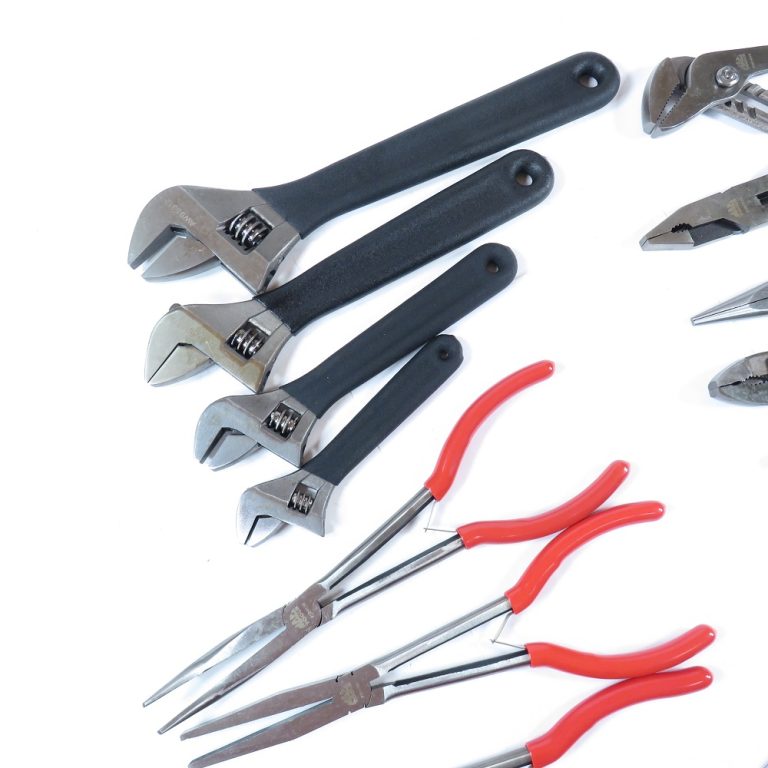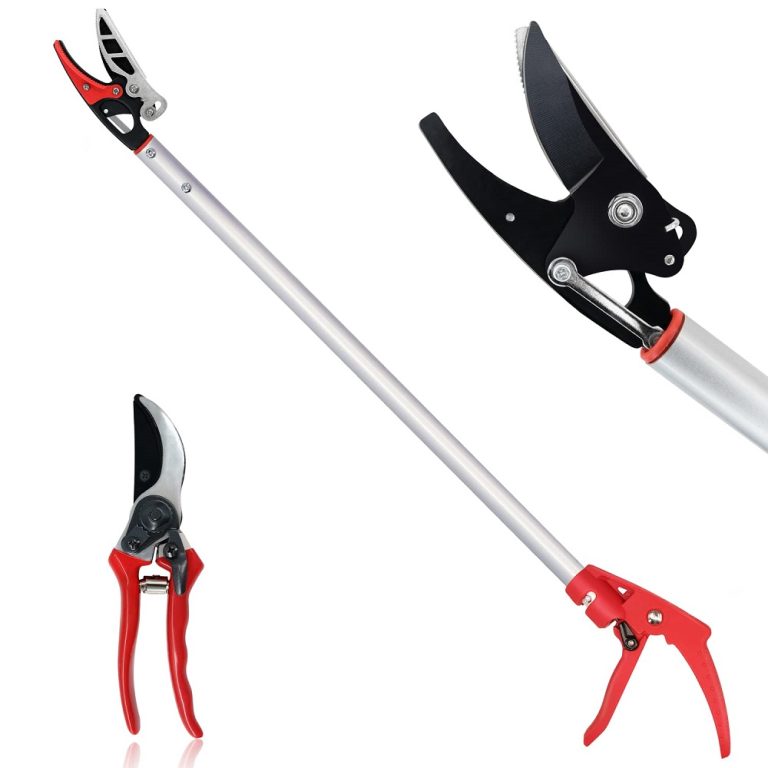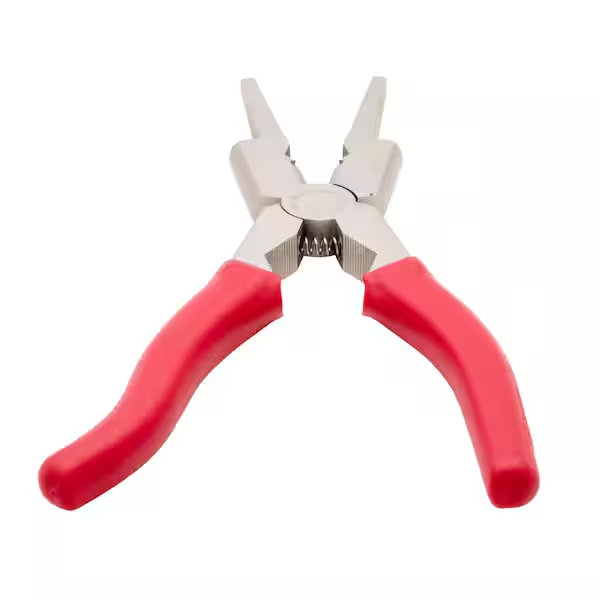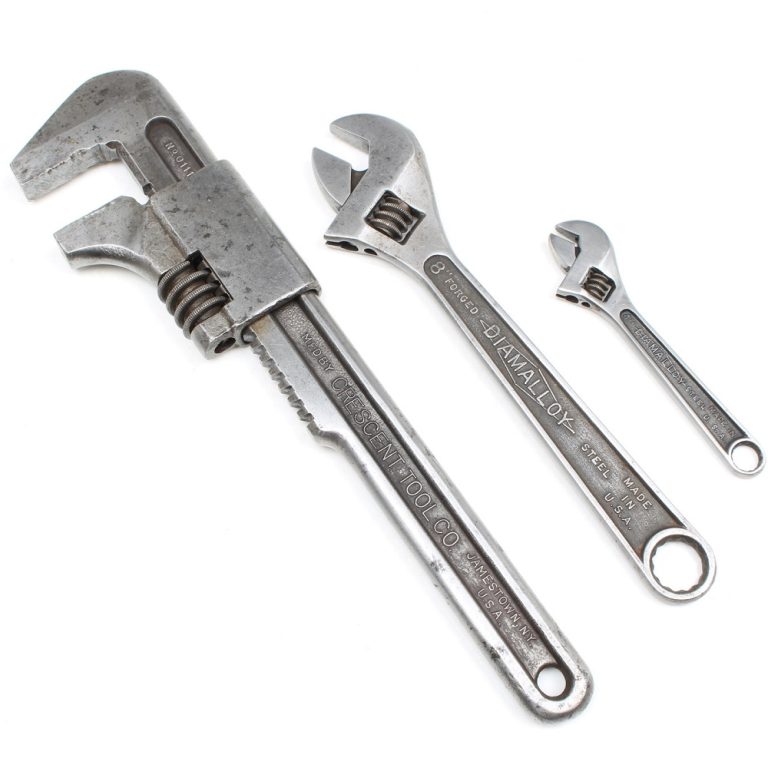Introduction to Diagonal Pliers
Diagonal pliers are a versatile hand tool essential in many toolboxes. Also known as side cutters or wire cutters, they are designed for cutting wire. They feature a pair of sharpened jaws set at an angle. This design allows for a snipping action. Diagonal pliers have handles with a comfortable grip for easy operation. The pliers’ small size makes them ideal for reaching into tight spaces. They are commonly made from high-strength steel. This ensures durability and long-lasting performance. Users rely on diagonal pliers for electrical, jewelry making, and general household tasks. They can cut through materials like copper, brass, iron, and plastic wires. The tool’s simplicity and effectiveness make it a must-have for both professionals and hobbyists. Next, we will explore the key features of diagonal pliers that set them apart.
Essential Features of Diagonal Plier
When selecting diagonal pliers, it is important to understand their essential features. These features determine the functionality and suitability of the pliers for specific tasks. Here are the key attributes to look out for:
- Cutting Edge Sharpness: The cutting edges of diagonal pliers must be sharp to ensure clean and efficient cuts. Dull edges can lead to frayed wires and require more force to cut.
- Jaw Alignment: Proper alignment of the jaws is crucial. Misaligned jaws can compromise the cutting action and might damage the wire or the pliers themselves.
- Handle Comfort: The handles should have an ergonomic design. A comfortable grip reduces hand fatigue and increases control during use.
- Spring Action: Many diagonal pliers come with a built-in spring mechanism. This feature allows the jaws to open automatically, which is helpful during repetitive tasks.
- Material Construction: High-quality diagonal pliers are typically made from hardened steel. This ensures durability and the ability to cut through tough materials.
- Size and Profile: Diagonal pliers come in various sizes. Smaller pliers are good for precision work, while larger ones provide more leverage for tougher cuts.
These essential features form the basis for the functionality of diagonal pliers in a wide range of tasks, from electrical work to jewelry making. Choosing the right set of pliers with the desired features can greatly enhance your efficiency in performing cuts and repairs.
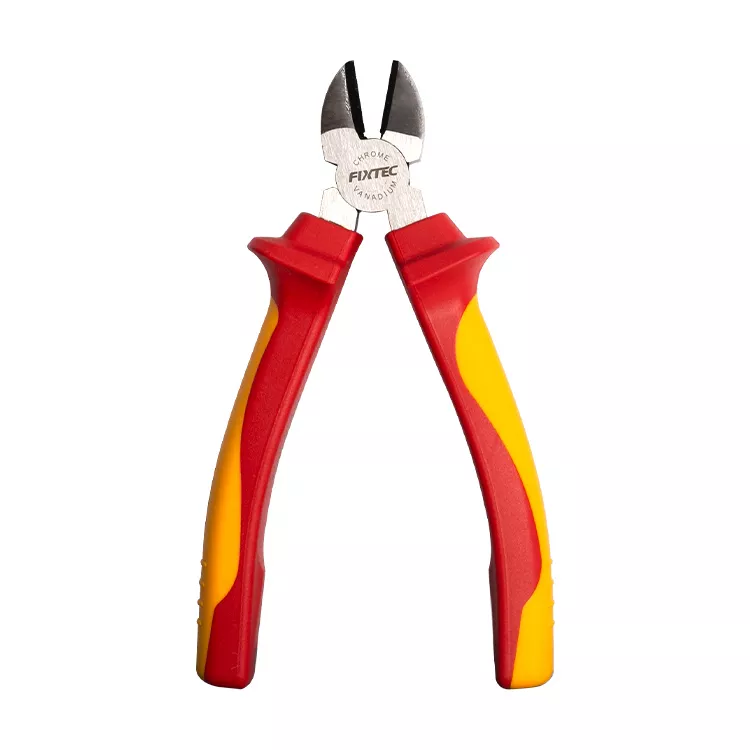
Selecting the Right Diagonal Pliers for Your Needs
Finding the ideal diagonal pliers for your work is key. The perfect pair varies with the job. It is not just about the sharpness of the cutting edge. It’s also about the right size and handle design. When you select this tool, keep these points in mind:
- Match the Tool to the Job: For fine electronics, choose smaller, precise pliers. For stronger materials, a larger pair grants you more leverage.
- Inspect the Features: Look closely. Check the jaws align well, and the edges are sharp. Grip the handles to feel their comfort and control.
- Test the Spring Action: If the pliers have a spring, test it. It should allow the jaws to open smoothly.
- Check the Construction: Opt for pliers crafted from high-strength steel. They last longer and perform better.
- Consider the Handle Grips: Handles with good grips absorb pressure. They ease your hand strain during long tasks.
Remember, diagonal pliers are an investment. Get the ones suited to the demands of your projects. With the right pliers, you’ll work smarter, not harder. And they’ll be a trusty companion for many tasks.
The Mechanics of Diagonal Plier
Understanding the mechanics of diagonal pliers is crucial for their effective use. The mechanics go beyond just squeezing the handles to cut wires. Here, we will delve into how diagonal pliers work and what makes them so efficient at cutting.
- Leverage Principle: The design of diagonal pliers uses the leverage principle. When you apply force to the handles, this force gets magnified at the jaws. This makes cutting easier, even though you apply minimal force.
- Pivot Point: The central pivot point, or fulcrum, is essential. It allows the jaws to exert a cutting force much greater than the applied hand force.
- Beveled Cutting Edge: The jaws have a beveled cutting edge. This shape plays a key role in delivering a precise cut. It helps in shearing the wire cleanly without much effort.
- Angled Jaws: The jaws are set at an angle, which is where the ‘diagonal’ in the name comes from. This angle provides a better cutting position, especially in tight spaces.
By understanding these mechanical principles, you can use diagonal pliers more effectively. Whether you are trimming a wire or removing a broken piece, knowing how the pliers function will help you achieve better results. Remember, the design of the tool is what makes the work less strenuous and the outcome more precise. Keep these points in mind next time you use diagonal pliers for your tasks.
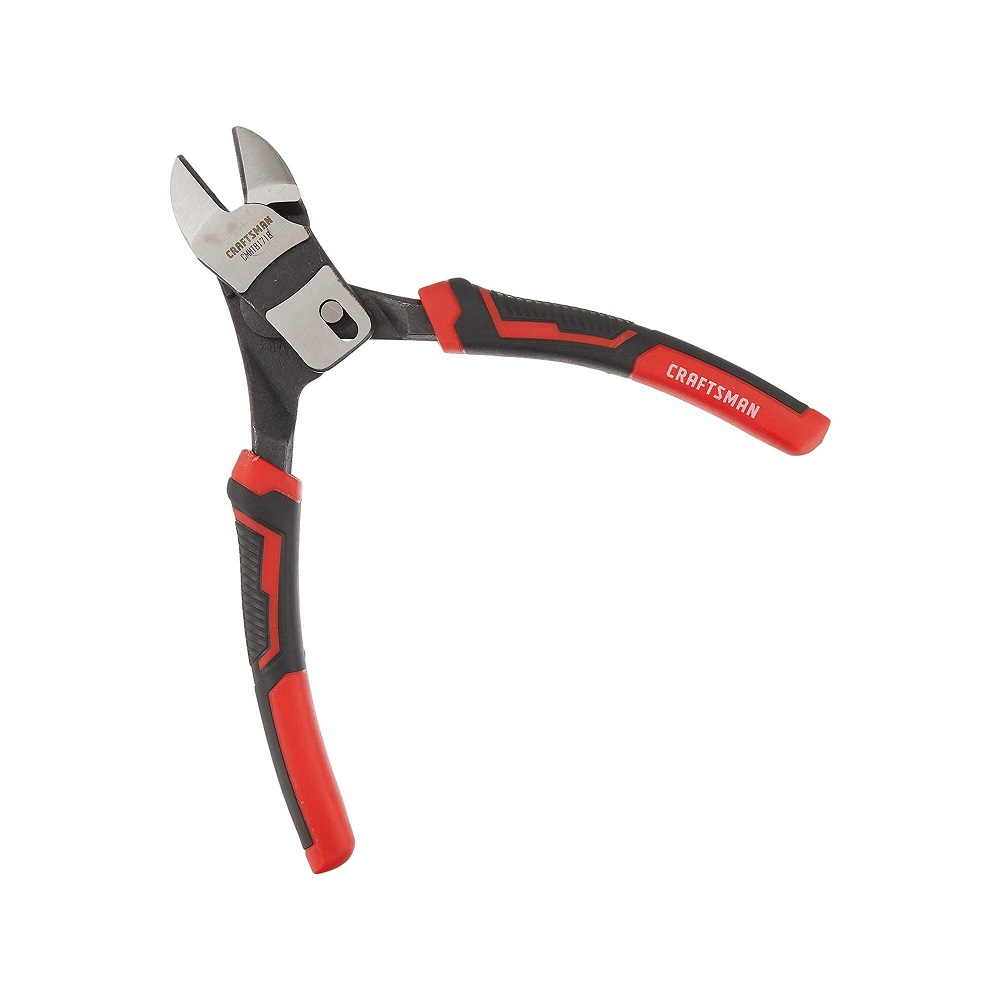
Safety Tips When Using Diagonal Plier
Safety should always be the top priority when handling any tools, including diagonal pliers. Here are crucial safety tips to remember:
- Wear Protective Gear: Always use safety goggles to protect your eyes from wire clippings and debris.
- Inspect Pliers Before Use: Check your diagonal pliers for any damage before starting a project. Damaged tools can be hazardous.
- Use the Right Size: Select diagonal pliers that appropriately match the wire size you are cutting. This prevents overexertion and potential accidents.
- Cut at Right Angles: Always cut the wire at a right angle to avoid slippage or uneven cuts.
- Don’t Overextend: Do not apply more force than necessary. If the wire won’t cut easily, you might need larger pliers.
- Keep Fingers Clear: Ensure your other hand and fingers are well away from the cutting area.
- Handle with Care: Carry and store your pliers with the jaws closed to avoid accidental injuries.
- Use for Intended Purposes: Diagonal pliers are for cutting wire. Don’t use them to pull nails or for improper jobs.
By following these safety guidelines, you can reduce the risk of injury and ensure a safer work environment while handling diagonal pliers.
Maintenance and Care for Diagonal Plier
Proper maintenance extends the life of your diagonal pliers and ensures top performance. Here are some simple yet effective steps:
- Clean After Use: Wipe your diagonal pliers with a clean cloth after each use. Remove any debris or dirt.
- Prevent Rust: Store your pliers in a dry place to prevent rusting. Applying a light oil to the joints can help.
- Check for Damage: Regularly inspect your pliers for damages or wear. Look for signs on the cutting edges and the alignment of the jaws.
- Sharpen as Needed: If the cutting edges become dull, have them sharpened by a professional or use an appropriate sharpening tool.
- Tighten the Pivot: The pivot must be tight yet allow for smooth opening. Adjust it if it becomes loose or stiff.
- Lubricate Joints: Use a drop of oil to lubricate the pivot point. This helps maintain smooth operation. Do it periodically.
- Handle Repairs: If you notice any damage to the handles or grips, replace or repair them immediately to avoid discomfort or control issues.
By looking after your diagonal pliers, they stay in good working order. This makes your tasks quicker and safer. Remember, better care equals longer-lasting tools.
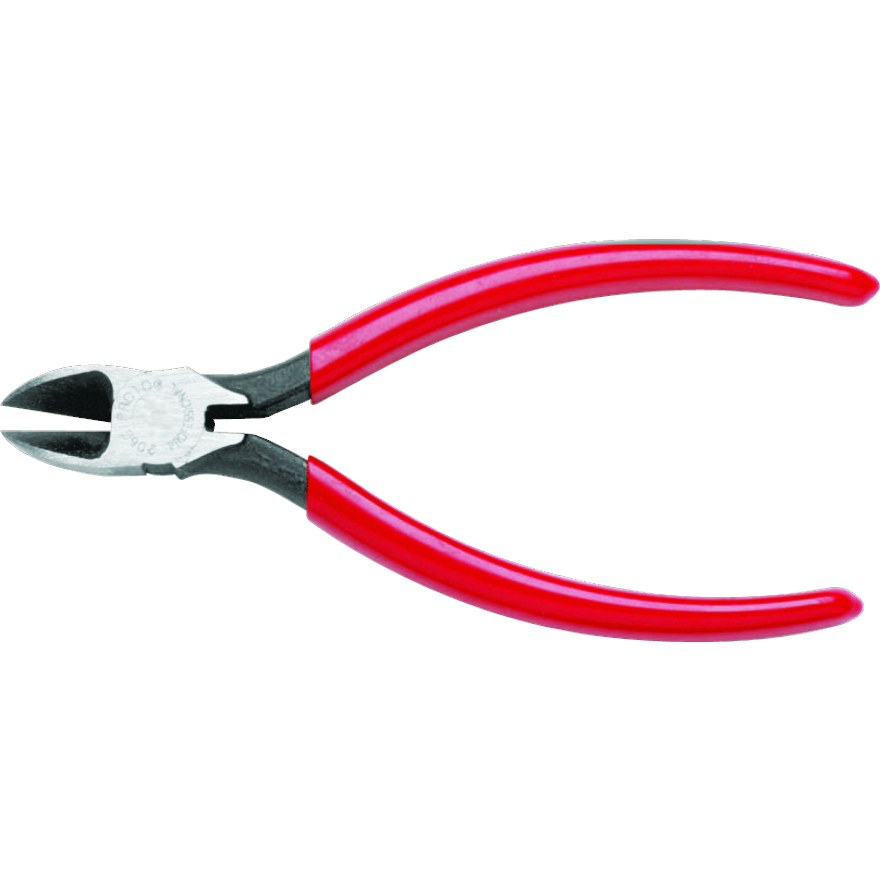
Common Uses for Diagonal Pliers in DIY Projects
Diagonal pliers serve many purposes in DIY tasks. Their precise cutting ability is essential in various projects. We will explore some common uses that showcase the tool’s versatility.
- Electrical Work: Diagonal pliers are a go-to tool for electricians. They strip and cut wires easily, making them ideal for electrical repairs and installations.
- Jewelry Making: Crafters use them to trim and shape wire components. They help create smooth edges and fine details in handmade jewelry.
- Fishing Tackle Preparation: Anglers often use diagonal pliers. They cut and manipulate fishing lines and hooks, making tackle setup faster.
- Crafting: DIY enthusiasts find them handy for a variety of crafts. They trim materials like thread, yarn, and thin metals accurately.
- Automotive Repairs: In car maintenance, diagonal pliers cut through wires and cables. They are crucial for quick fixes and installations.
- Plumbing: While working with pipes, they clip away small obstructions. This allows for smoother plumbing work.
- Home Decoration: For hanging artworks, they can cut picture wires to length. This helps achieve a clean, professional finish in home decor.
These tasks illustrate just how adaptable diagonal pliers are. Keep them within reach for your next project!
Troubleshooting Common Issues with Diagonal Plier
Even the best tools run into problems. Here are some tips to tackle common issues with diagonal pliers.
- Dull Cutting Edges: Over time, your pliers’ edges can become dull. Sharpen them regularly to maintain efficiency.
- Misaligned Jaws: If the jaws are not aligned, the cutting performance drops. Adjust the pivot point to realign them.
- Sticky Jaws: Jaws might not open smoothly. Apply oil to the pivot. Work the jaws back and forth to distribute it.
- Rust Formation: Rust can make pliers stiff and unreliable. Store in a dry place and oil the joints to prevent it.
- Weak Spring Mechanism: If the spring action is weak, it might need replacing. Check if it’s clean and connected properly first.
- Broken Handles: Cracked or broken handles can cause discomfort. Replace the grips or handles as needed.
By handling these common issues, your diagonal pliers will stay reliable for longer. Keep them clean, aligned, and well-maintained.
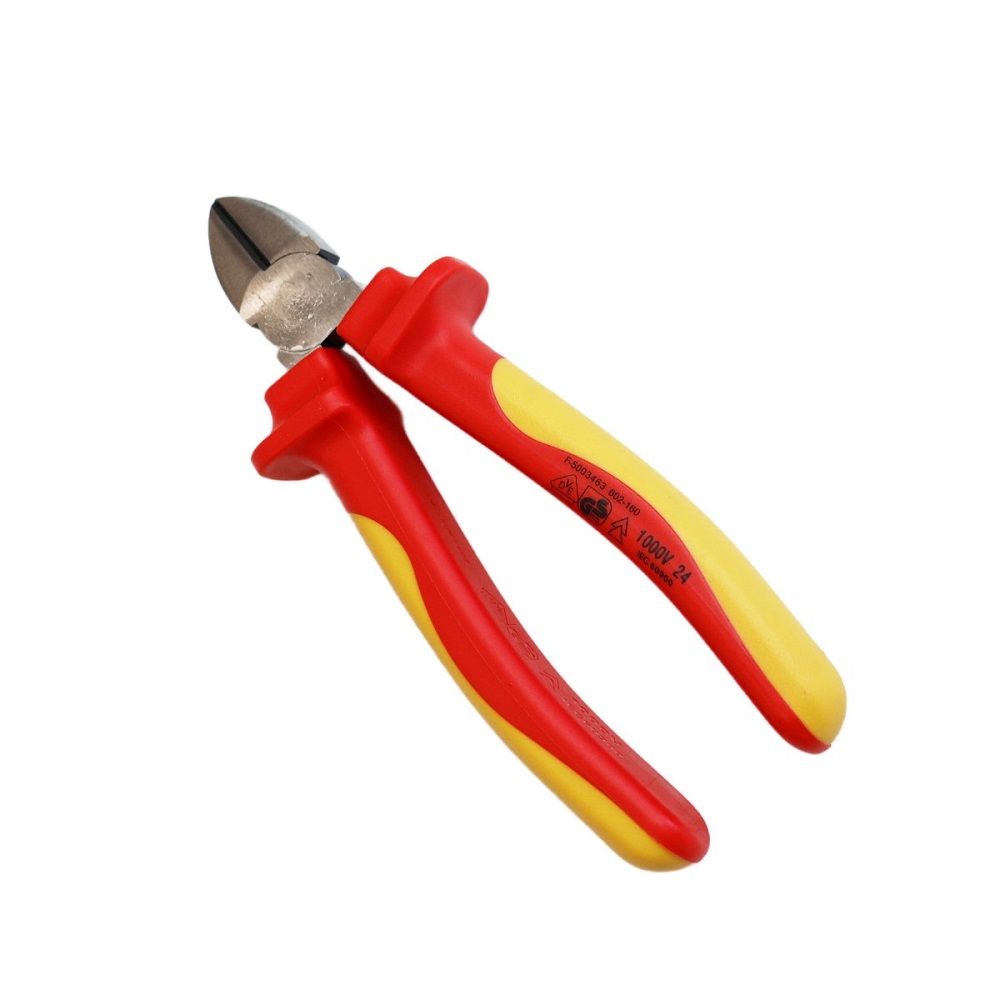
The Joy of DIY with Diagonal Plier
Satisfaction in Creating
Using diagonal pliers in your DIY projects can be incredibly satisfying. The ability to create something with your own hands fosters a sense of accomplishment. Realizing your vision and bringing ideas to life illustrates the power of DIY crafting.
Problem-Solving Skills
Engaging in DIY projects enhances your problem-solving skills. Each project presents unique challenges that require creative solutions. Overcoming obstacles and adapting techniques will develop your critical thinking and resourcefulness. Diagonal pliers serve as essential tools in navigating these challenges.
Connecting with Others
Working on DIY projects can help you connect with others who share similar interests. Many people enjoy collaborating on projects or sharing ideas in workshops. These connections enrich your crafting experience and create lasting friendships within the DIY community.
Understanding When to Replace Diagonal Plier
Signs of Wear and Tear
You should be aware of signs indicating it may be time to replace your diagonal pliers. If the cutting edges are permanently dull, or if the handles have cracked, it’s wise to invest in a new set. Continued use of damaged tools can lead to subpar performance and potential safety hazards.
Regularly Reviewing Your Tools
Make it a habit to assess your tools and their condition periodically. This can be done at the beginning and end of your crafting sessions. Maintaining an awareness of your tools’ conditions will help you recognize when it is time to replace them.
Choosing Quality Over Quantity
When replacing diagonal pliers, focus on quality rather than quantity. Opting for well-made tools will provide reliability and enhance your crafting experience. A few high-quality tools often outperform several inferior ones, ensuring a better overall outcome in your projects.
The Emotional Connection to Crafting
Therapy Through Crafting
Many individuals find solace in crafting and DIY projects. Engaging in hands-on activities often acts as a form of therapy. Using tools like diagonal pliers can provide positive distractions and a fulfilling way to relieve stress.
Celebrating Individuality
Creating with your hands allows you to express individuality. Each finished project reflects your style and serves as a reminder of your craftsmanship. Personal touches and unique designs elevate the emotional connection between you and your creations.
Sharing with Loved Ones
Crafting can also enhance relationships with friends and family. Projects that involve collaboration create opportunities to bond through shared experiences. Celebrating accomplishments together strengthens emotional bonds. When using diagonal pliers to create handmade gifts, the thought behind the gesture adds sentimental value.
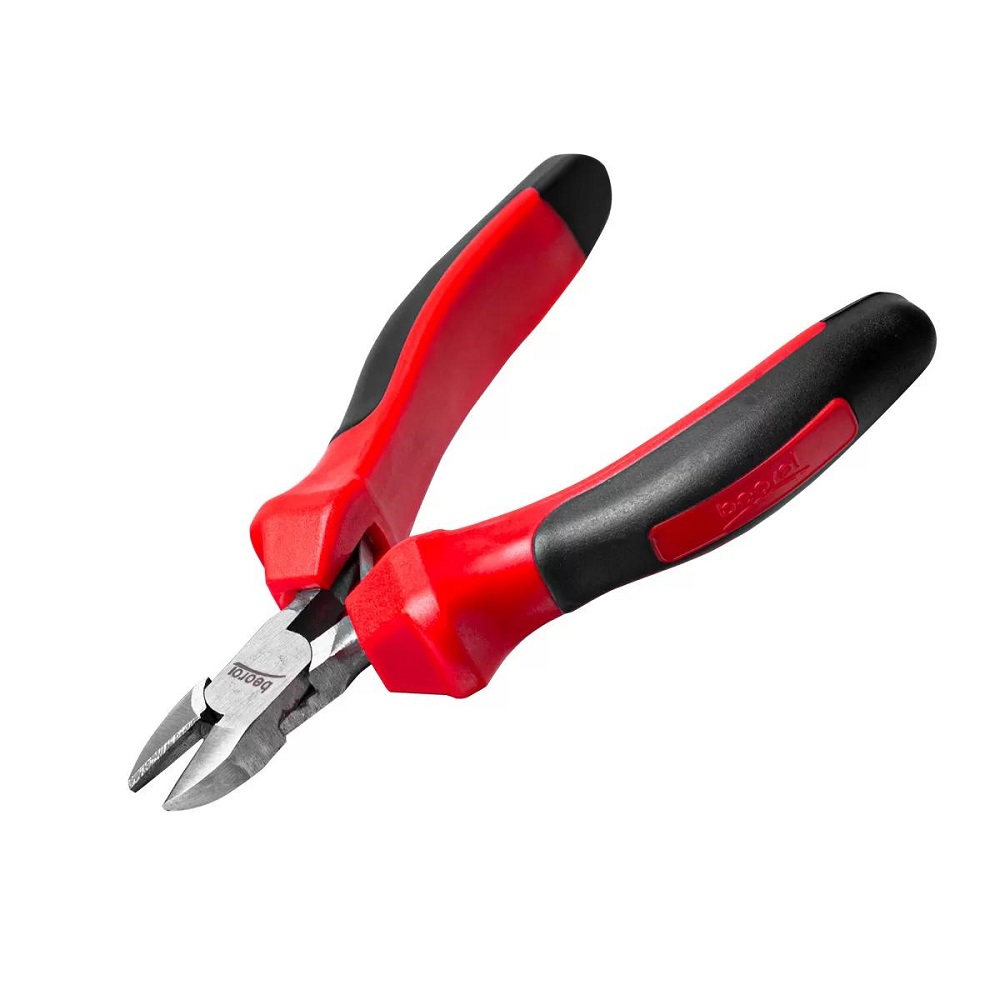
Conclusion: Embrace the World of Diagonal Plier
A Journey of Discovery
Exploring the world of diagonal pliers opens up endless creative possibilities. From basic techniques to advanced projects, these versatile tools are essential for empowering your crafting journey. Investing time in learning and experimenting can help you unlock your potential.
The Joy of Hands-On Work
Embracing hands-on work with tools can enhance overall satisfaction and well-being. Completing projects using diagonal pliers brings joy and a sense of accomplishment. Your creativity can flourish while you develop skills that last a lifetime.
Encourage Your Creative Spirit
As you continue to explore the numerous applications of diagonal pliers, let your creativity lead the way. Engage in DIY projects that resonate with you and challenge yourself to try new techniques. Embracing this journey will expand your skillset and ultimately enrich your life through crafting.
